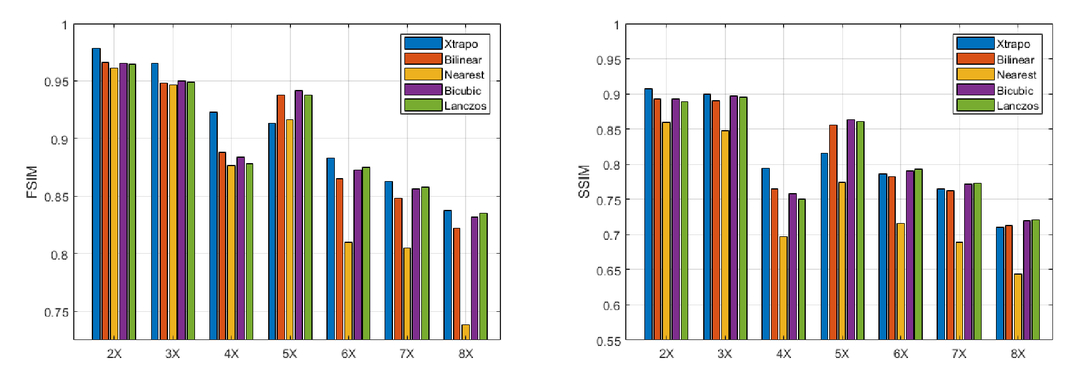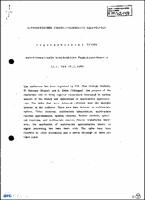Cardinal Spline Interpolation Pdf



As this monograph shows, the purpose of cardinal spline interpolation is to bridge the gap between the linear spline and the cardinal series. The author explains cardinal spline functions, the basic properties of B-splines, including B- splines with equidistant knots and cardinal splines represented in terms of B-splines, and exponential Euler splines, leading to the most important case and central problem of the book— cardinal spline interpolation, with main results, proofs, and some applications. Other topics discussed include cardinal Hermite interpolation, semi-cardinal interpolation, finite spline interpolation problems, extremum and limit properties, equidistant spline interpolation applied to approximations of Fourier transforms, and the smoothing of histograms. In the paper 63, written during 1944–45 at the Ballistics Research Laboratories, Aberdeen, Maryland, the author developed certain methods for the smooth approximation of empirical tables. He would have profited greatly from the results of the paper 57 by Quade and Collatz, but heard of its existence only as late as the Fall of 1964. Rather, the paper 63 was strongly suggested by the actuarial work on Osculatory Interpolation so aptly summarized and extended in Greville's paper 33. In 1944–45 applicable methods were needed, and there was no time to develop their mathematical properties.
The present monograph aims at doing that. It is based on a number of papers in our list of references, but mainly on the eight papers 1–8. The opportunity of describing the whole animal in one place, rather than limb by limb, leads to economy; moreover, the assembling of the limbs becomes more functional and biologically viable.
Bill evans jazz pianist. As this monograph shows, the purpose of cardinal spline interpolation is to bridge the gap between the linear spline and the cardinal series. The author explains cardinal spline functions, the basic properties of B-splines, including B- splines with equidistant knots and cardinal splines represented in terms of B-splines, and exponential Euler splines, leading to the most important case and central problem of the book— cardinal spline interpolation, with main results, proofs, and some applications. Other topics discussed include cardinal Hermite interpolation, semi-cardinal interpolation, finite spline interpolation problems, extremum and limit properties, equidistant spline interpolation applied to approximations of Fourier transforms, and the smoothing of histograms. In the paper 63, written during 1944–45 at the Ballistics Research Laboratories, Aberdeen, Maryland, the author developed certain methods for the smooth approximation of empirical tables. He would have profited greatly from the results of the paper 57 by Quade and Collatz, but heard of its existence only as late as the Fall of 1964. Rather, the paper 63 was strongly suggested by the actuarial work on Osculatory Interpolation so aptly summarized and extended in Greville's paper 33. In 1944–45 applicable methods were needed, and there was no time to develop their mathematical properties.
Cardinal Spline Interpolation Pdf Converter
The present monograph aims at doing that. It is based on a number of papers in our list of references, but mainly on the eight papers 1–8. The opportunity of describing the whole animal in one place, rather than limb by limb, leads to economy; moreover, the assembling of the limbs becomes more functional and biologically viable.